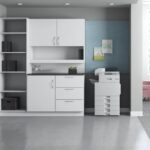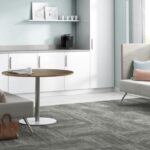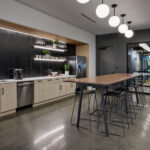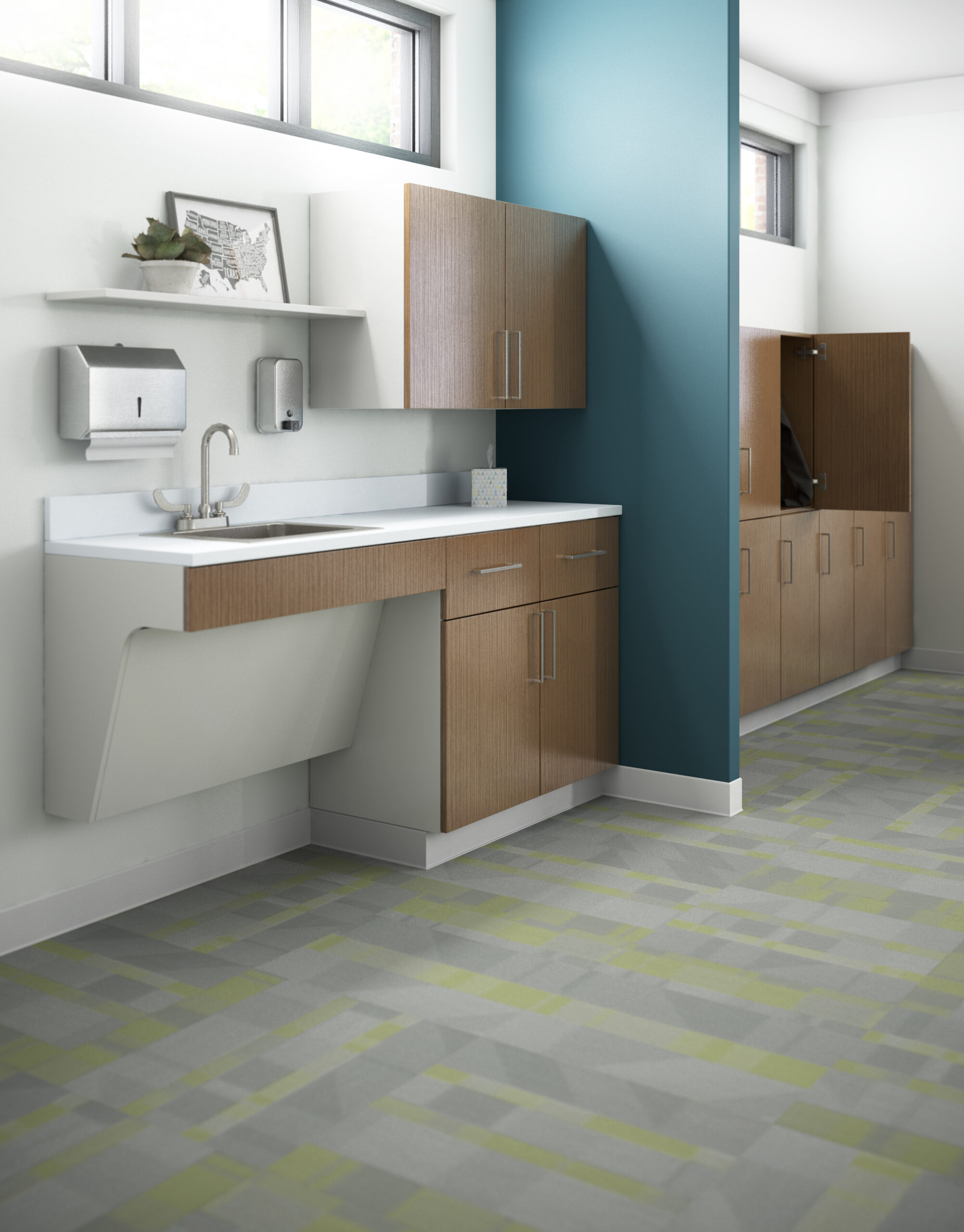
The design and functionality of your office furniture play a pivotal role in shaping your work environment, influencing everything from productivity to employee morale. With the evolving nature of work, the need for adaptable, comfortable, and aesthetically pleasing furniture is more important than ever. This guide provides detailed insights to help you select office furniture that meets your company’s needs and enhances your workspace.
1. Ergonomics: The Foundation of a Healthy Workspace
Investing in ergonomic office furniture is crucial for the well-being and productivity of your employees. Ergonomically designed furniture reduces the risk of repetitive strain injuries and promotes better posture.
Essential Ergonomic Features:
- Adjustable Chairs: Ensure chairs offer adjustable seat height, lumbar support, and armrests. Employees should be able to sit with their feet flat on the floor and their knees at a 90-degree angle.
- Sit-Stand Desks: These desks encourage movement by allowing employees to alternate between sitting and standing, which can help alleviate the adverse effects of prolonged sitting.
- Monitor Stands and Keyboard Trays: Position monitors at eye level and keep keyboards and mice at a height that allows for a neutral wrist position to reduce strain.
2. Flexibility and Modularity: Catering to Dynamic Work Environments
Modern workplaces require furniture that can adapt to various activities and team sizes. Modular and multi-functional furniture solutions are key to maintaining a versatile workspace.
Ideas for Flexible Furniture:
- Modular Workstations: These can be easily reconfigured to support different tasks or team collaborations, providing flexibility in office layout.
- Mobile Storage Units: These units can be relocated as needed, ensuring that essential supplies are always accessible and the workspace remains organized.
- Convertible Furniture: Furniture that serves multiple purposes, such as desks that can transform into standing tables or storage benches, maximizes space efficiency.
3. Creating Collaborative and Inspirational Spaces
Collaboration is at the heart of innovation. Designing spaces that facilitate teamwork and idea-sharing is essential for a modern office.
Furniture for Collaborative Areas:
- Large Meeting Tables: These tables accommodate team meetings and collaborative projects, providing ample space for discussions and presentations.
- Comfortable Lounge Seating: Soft seating areas with couches, armchairs, and coffee tables create informal meeting spaces that encourage spontaneous interactions.
- Interactive Tools: Whiteboards, pinboards, and digital screens can enhance brainstorming sessions and help visualize ideas and plans.
4. Enhancing Office Aesthetics and Brand Identity
The look and feel of your office should reflect your company’s brand and culture. Thoughtfully chosen office furniture can make a significant impact on the overall aesthetic appeal of your workspace.
Design Tips for a Cohesive Look:
- Consistent Color Palette: Use your brand colors throughout the office furniture to create a unified and professional look.
- High-Quality Materials: Choose durable materials such as solid wood, metal, and glass that convey quality and longevity.
- Unique Design Elements: Incorporate signature pieces or custom-designed furniture that highlight your company’s identity and values.
5. Sustainability: Making Environmentally Conscious Choices
Sustainable office furniture choices not only benefit the environment but also demonstrate your company’s commitment to corporate social responsibility.
Sustainable Furniture Strategies:
- Recycled and Recyclable Materials: Opt for furniture made from recycled materials or those that can be easily recycled at the end of their life cycle.
- Green Certifications: Look for certifications such as GREENGUARD or FSC, which ensure the furniture meets high environmental and safety standards.
- Longevity: Invest in durable furniture that will withstand the test of time, reducing the need for frequent replacements and minimizing waste.
6. Personalization: Tailoring Workspaces to Individual Needs
Personalizing office spaces can significantly boost employee satisfaction and productivity. Allowing employees to customize their workspaces to suit their preferences creates a sense of ownership and comfort.
Ways to Personalize Office Furniture:
- Adjustable Elements: Furniture with adjustable features allows employees to tailor their workspace to their specific needs.
- Personal Storage: Provide personal lockers or storage units where employees can keep their belongings.
- Decorative Touches: Encourage employees to personalize their desks with plants, photos, and other personal items to create a more inviting workspace.
Conclusion
Choosing the right office furniture is a strategic decision that goes beyond mere functionality. It impacts employee health, productivity, collaboration, and the overall ambiance of your workspace. By prioritizing ergonomics, flexibility, collaboration, aesthetics, sustainability, and personalization, you can create a dynamic and inspiring office environment that supports your team’s success. Thoughtful investment in office furniture can transform your workspace into a thriving hub of innovation and efficiency.
CALL NOW 9999351946
Check out our latest post on our website. www.bywayindia.com
Follow us on LinkedIn :- https://lnkd.in/g-6NAgre
Follow us on Facebook :- https://lnkd.in/g6fUUXvw
Follow Us on Twitter:- https://x.com/byway_india
#modular_furniture#modular_office_furniture






